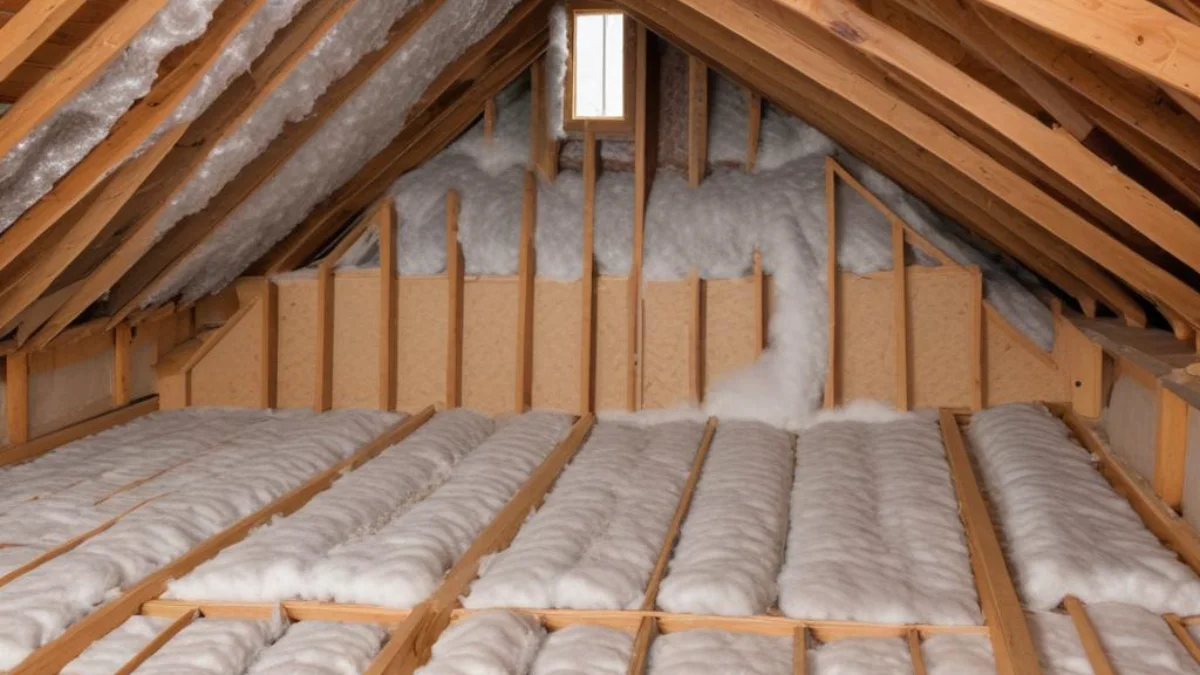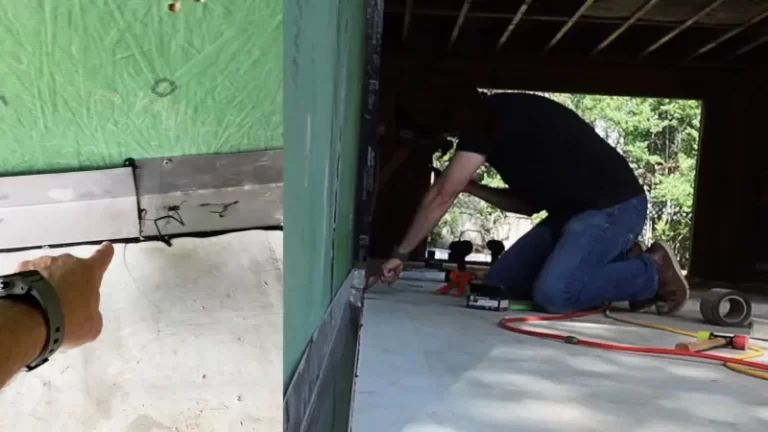Mass Save Insulation Reviews: The Unvarnished Truth
Is the Mass Save insulation program the key to a cozier home and lower energy bills, or is it too good to be true? Many Massachusetts homeowners find themselves asking this exact question. You’ve likely heard the promises of generous rebates and significant energy savings, but navigating the program and dealing with contractors can feel overwhelming.
This article cuts through the noise. We’ll explore the real benefits highlighted in countless Mass Save insulation reviews and expose the common frustrations and pitfalls customers experience. Get ready for an honest look at whether this widely-used program is the right choice for your home.
You'll Learn About
The Core Problem: Uncertainty and Overwhelm with Mass Save
The primary hurdle for many homeowners is the sheer volume of information and the steps involved in the Mass Save program. From understanding your eligibility to vetting contractors and choosing the right insulation type, the process can seem daunting. Many reviews mention an initial sense of confusion about where to even begin.
Furthermore, the experience can vary dramatically depending on the approved contractor you work with. This inconsistency leads to a wide range of customer experiences, making it difficult to know what to expect. The fear of choosing the wrong company or not getting the promised value is a significant pain point for residents looking to upgrade their homes.
Navigating the No-Cost Home Energy Assessment
The journey always starts with a Home Energy Assessment, which is offered at no cost to eligible homeowners. An energy specialist visits your home to identify areas of energy loss. This is the foundational step to unlocking the program’s incentives, but it’s also where the first wave of questions arises.
Homeowners often wonder what the assessment truly covers and how accurate it is. The key is to be an active participant. Ask questions, walk through your home with the specialist, and point out specific areas of concern, such as drafts or rooms that are difficult to heat or cool.
The Contractor Conundrum: A Mixed Bag of Reviews
Once your assessment is complete, you’ll receive a list of approved insulation contractors. This is where many customer experiences diverge. While many contractors are professional and deliver high-quality work, some reviews highlight issues with communication, scheduling, and the quality of the installation itself.
The problem isn’t necessarily the Mass Save program itself, but the variability among independent contractors who perform the work. Thoroughly vetting your chosen contractor is the single most important step you can take. Don’t just pick the first name on the list; do your own research, read independent reviews, and get multiple quotes if possible.
The Solution: A Strategic Approach to Maximizing Mass Save Benefits
Unlocking the full potential of the Mass Save insulation program requires a proactive and informed approach. By understanding the process and knowing what to look for, you can navigate the system effectively and ensure a positive outcome. The solution is to treat it as a strategic home improvement project, not just a simple rebate program.
Your goal is to maximize energy savings, improve home comfort, and get the best possible return on your investment. Let’s break down the actionable steps to achieve this.

Step 1: Preparing for Your Energy Assessment
Before the energy specialist even arrives, do a preliminary check of your home. Note any obvious drafts around windows and doors. Think about which rooms are consistently uncomfortable. Having this information ready helps the specialist focus their efforts and ensures your primary concerns are addressed.
This is also the time to learn about different insulation types. Understanding the basics between fiberglass vs. cellulose insulation can help you have a more productive conversation about what’s best for your home’s specific needs, especially for areas like the attic.
Step 2: Choosing the Right Insulation for Your Home
The Mass Save program typically covers several types of insulation, each with its own pros and cons. The most common are cellulose, fiberglass, and spray foam. Your energy assessment will recommend specific types for different areas of your home, such as your attic, walls, and basement.
For example, blown-in cellulose or fiberglass is often recommended for attics because it can easily fill irregular spaces. Understanding why you might have an attic open to potential risks and how to seal it properly is crucial for effective insulation. Spray foam, while often more expensive, provides a superior air seal, which can be ideal for rim joists in the basement.
| Insulation Type | Common Application | Key Benefit | Consideration |
|---|---|---|---|
| Blown-in Cellulose | Attic Floors & Dense-Pack Walls | Excellent at filling gaps and made from recycled materials. | Can settle over time; requires professional installation for dense-pack. |
| Blown-in Fiberglass | Attic Floors | Lightweight and naturally fire-resistant. | Can be less effective if not installed to the correct depth. |
| Spray Foam | Rim Joists, Basements, Crawlspaces | Superior air sealing and moisture barrier. | Higher cost and requires professional handling due to chemicals. Can be a nightmare if you ever need to get foam insulation out of hair or off surfaces. |
| Rigid Foam Board | Basement Walls & Foundations | High R-value per inch and water-resistant. | Joints must be meticulously sealed to prevent air leaks. |
Step 3: Vetting and Selecting Your Contractor
This is where your diligence will pay off the most. After your assessment, Mass Save provides a list of approved contractors. Your job is to narrow down this list to find the best fit for your project. Do not skip this research phase.
Start by searching for online reviews for each contractor on platforms beyond just the Mass Save portal. Look for detailed feedback on Google, Yelp, and the Better Business Bureau. Pay close attention to comments about professionalism, punctuality, and how they handled any issues that arose during or after the installation.
Step 4: The Installation and Post-Work Inspection
On the day of the installation, be present if possible. Ask the crew leader to walk you through what they plan to do before they start. This ensures everyone is on the same page and reduces the chance of misunderstandings.
After the work is completed, Mass Save will arrange for a post-work inspection. This is a critical quality control step. The inspector verifies that the installation was done to program standards and that the work specified in the agreement was actually completed. This final inspection protects you and ensures you get the energy savings you were promised.
The Real Benefits: What Positive Customer Experiences Highlight
Despite the potential hurdles, the overwhelming majority of Mass Save insulation reviews are positive for a reason. When the program works as intended, the benefits are substantial and immediate. Homeowners consistently report a dramatic improvement in home comfort and a significant reduction in their energy bills.
Many are surprised by how much warmer their homes feel in the winter and cooler in the summer. Drafts disappear, and HVAC systems run less frequently, leading to tangible savings month after month. The rebates, which often cover 75% to 100% of the insulation cost, make a critical home improvement project accessible to thousands of residents who might otherwise not be able to afford it.
Long-Term Value and Home Resale
The benefits extend beyond immediate comfort and savings. A well-insulated home is a more valuable home. Proper insulation and air sealing improve a home’s energy efficiency rating, which can be an attractive feature for future buyers. It’s an investment that not only pays you back over time through lower utility bills but can also increase the overall value of your property.
Moreover, by reducing your home’s energy consumption, you are also decreasing your carbon footprint. It’s a powerful way to contribute to a healthier environment while improving your own living space. The Mass Save program provides a clear path to making your home more sustainable.

